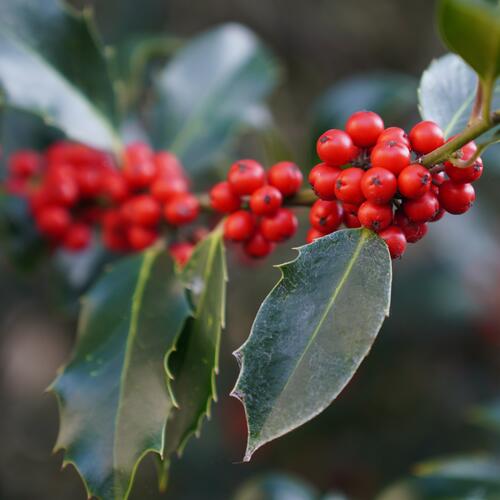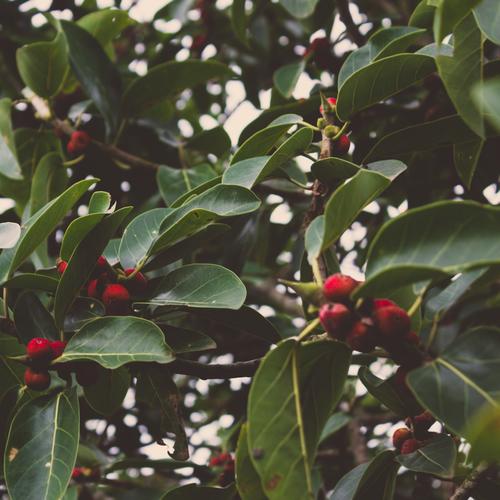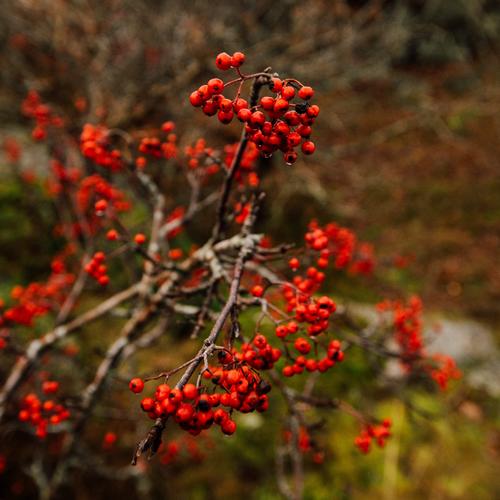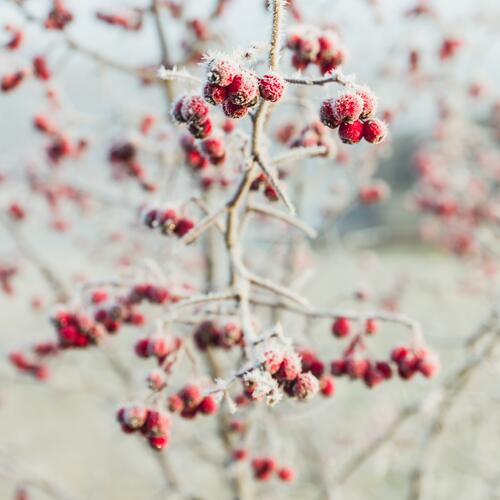Cultivating Festive Garden: A Comprehensive Guide on Growing Holly in Your Garden
Cultivating Festive Garden: A Comprehensive Guide on Growing Holly in Your Garden
Holly (Ilex), an evergreen shrub synonymous with festive cheer and winter landscapes, has graced gardens and celebrations for centuries. The glossy green leaves and vibrant red berries make Holly a symbol of the holiday season. Cultivating holly in your garden not only adds a touch of elegance but also provides a connection to time-honoured traditions. This comprehensive guide delves into the nuances of successfully growing holly, ensuring a thriving and beautiful addition to your outdoor space.

Choosing the Right Variety:
The journey to a flourishing holly garden begins with selecting the right variety. With numerous species and cultivars available, each presenting unique characteristics, it's essential to align your choice with your garden's specific conditions. Consider factors such as climate, soil type, and available space when selecting from popular varieties like American holly (Ilex opaca), English holly (Ilex aquifolium), and Winterberry holly (Ilex verticillata).
Site Selection and Soil Preparation:
Holly thrives in well-drained soil with a slightly acidic to neutral pH. Choose a planting site that receives partial to full sunlight, as Holly tends to perform best in these conditions. Preparing the soil is a critical step in ensuring the success of your holly. Before planting, enrich the soil with organic matter such as \ to enhance fertility and improve drainage. A soil test will help determine the pH level, and necessary adjustments, using lime or sulphur, can be made to achieve the ideal range of 6.0 to 7.0.
Please take note that Stone Zone are proud supplier of a wide range of soils that will be perfect for this gardening project. Our range of Wessex Soils boasts soils for flower beds, lawns, turfs and more, making it the ideal choice for cultivating your garden.

Planting:
The act of planting sets the foundation for a thriving holly garden. Holly plants are typically propagated through container-grown specimens, making them easy to transplant. Optimal planting times are in late fall or early spring when the soil is workable. Dig a hole that is twice the width of the root ball and at the same depth. Gently remove the holly from its container, loosen the roots, and position it in the centre of the hole. Fill the hole with soil, and water thoroughly, and apply a layer of mulch around the base to conserve moisture and suppress weeds.
Watering and Moisture Management:
Establishing a consistent watering routine is crucial during the first year of holly growth. Provide ample water to keep the soil consistently moist but not waterlogged. Once established, holly is relatively drought-tolerant, but regular watering during dry periods is still essential for optimal health and berry production.
Fertilization:
To encourage healthy growth and abundant berry production, regular fertilization is essential. In early spring, before new growth begins, apply a balanced, slow-release fertilizer. Be cautious with nitrogen, as excess can lead to lush foliage at the expense of berries.

Pruning and Shaping:
Pruning is an art that enhances the aesthetic appeal of your holly. Late winter or early spring is the ideal time to prune, removing dead or damaged branches and thinning out crowded areas for improved air circulation. Shaping holly into a more compact and symmetrical form can be achieved through regular pruning.
Pest and Disease Management:
While generally hardy, holly plants can be susceptible to pests and diseases. Regularly inspect your holly for common issues such as scale insects, spider mites, and leaf spot diseases. Swift action with organic or chemical solutions, as appropriate, will help maintain the overall health of your holly.
Protecting Berries:
For those eager to enjoy holly berries for festive decorations, precautions are necessary to protect them from birds. Netting or bird-repellent devices can be employed to prevent avian feasting. Exercise caution with chemicals, ensuring they are safe for both the plant and the environment.

Winter Care:
Though well-adapted to winter conditions, Holly benefits from a little extra care during harsh weather. Applying a layer of mulch around the base helps insulate the roots and guard against temperature fluctuations. Adequate watering before winter sets in prevents dehydration during cold and dry spells.
For a more overall set of instructions on how to take care of your garden during the winter, please read our article on how to maintain your winter garden here.
Conclusion:
Cultivating holly in your garden is a rewarding journey, promising year-round beauty and a touch of holiday magic. By choosing the right variety, preparing the soil, and adhering to proper care and maintenance practices, you'll ensure a thriving and picturesque holly garden. This timeless addition not only enhances your outdoor space but also brings a sense of tradition and elegance to your home, connecting you to the festive spirit and the natural beauty of the season.

